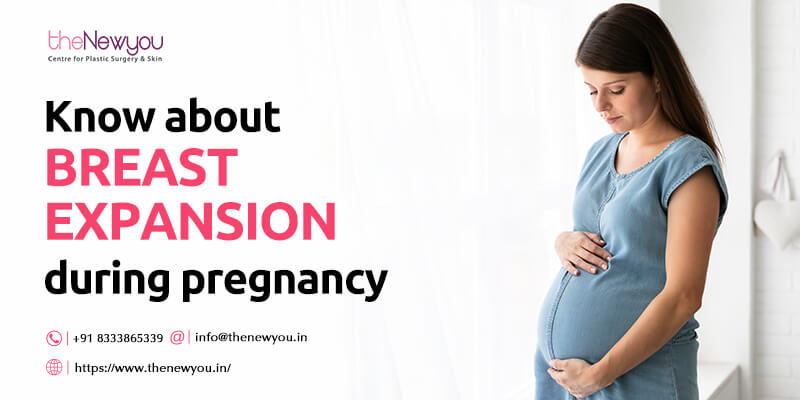

The lower uterine segment is composed of the lower parts of the uterus and the upper cervix composed mainly from connective tissue. The muscle fibers are arranged in three layers-outer longitudinal, inner circular and intermediate arranged in a criss-cross fashion through which blood vessels run.Īs the pregnancy advances the uterus is divided into upper and lower uterine segments. In early pregnancy uterine growth results from both hyperplasia and hypertrophy while later hypertrophy accounts for most of the increase. The ratio of muscle to connective tissue increase from the lower part of the uterus to the fundus (the upper part). At term weighs 900-1000gm and measures 35cm in length. non-gravid uterus weighs about 50gm and measures about 7.5 cm in length. There is an enormous growth of uterus during pregnancy. Major physiological changes in pregnancy occur in the following systems. Third, hormones secreted by the placenta produce their own effects. Second, the metabolic functions are increased to provide sufficient nutrients to the fetus. The major maternal physiological adaptation to pregnancyįirst, changes occur in the reproductive organs and breasts. Lack of appreciation of this difference may lead to inappropriate management of clinical problems in obstetrics. These physiological changes in pregnancy aim to maximize nutrition and oxygen to the developing fetus and help the maternal system adjust to the extra stress. Initially, the demands are minimal however, as the fetus grows, the demands greatly increase. Exp Physiol 84, 435-447 (1999).During pregnancy, major changes have to be made in the various organ systems of the mother to adapt to the new demands. Breast volume and milk production during extended lactation in women. Impact of breastpumping on lactogenesis stage II after cesarean delivery: A randomized clinical trial.

Australian Journal of Experimental Biology and Medical Science 59, 101-114 (1981).Ĭhapman, D.J. Changes in human milk composition during the initiation of lactation. Breast growth and the urinary excretion of lactose during human pregnancy and early lactation: endocrine relationships. Initiation of human lactation: secretory differentiation and secretory activation. 2007, Gross Anatomy of the Lactating Breast. Nonetheless, there is no relationship between breast growth and the ability to breastfeed or produce milk at one month post-partum. For most women, increases in breast size occur by week 22 of gestation, although some women also experience significant breast growth into late pregnancy. However, breast growth varies largely between women, ranging from little or no growth to significant growth. All of these changes usually lead to significant growth in breast and nipple size during pregnancy. Throughout pregnancy there is significant growth of the secretory tissue, with approximately double the amount of secretory tissue compared with adipose tissue in the lactating breast. These changes are closely followed by heightened lobular growth and alveolar secretion late in pregnancy. Here, the mammary gland is being populated with differentiated lactocytes that are able to synthesise milk components including protein, lactose, casein, α-lactalbumin and fatty acids in the form of colostrum (although only small volumes of colostrum may be available, approximately 30 ml/day. This differentiation may become obvious with the first appearance of colostrum during the secretory development phase in the second half of gestation. Mammogenesis is influenced by a number of hormones, including progesterone, growth hormone and others, which enable the lobules to become fully differentiated.

Proliferation of the distal portions of the ducts results in the formation of multiple alveoli (which contain lactocytes – cells that secrete milk). Growth and development of the mammary tissues begins at around weeks three and four of gestation, with specific ductal branching and lobular formation. In the first half of pregnancy secretory differentiation (the differentiation of alveolar epithelial cells into milk-secreting cells), ductal branching and lobular formation of the breast (mammogenesis) occur.


 0 kommentar(er)
0 kommentar(er)
